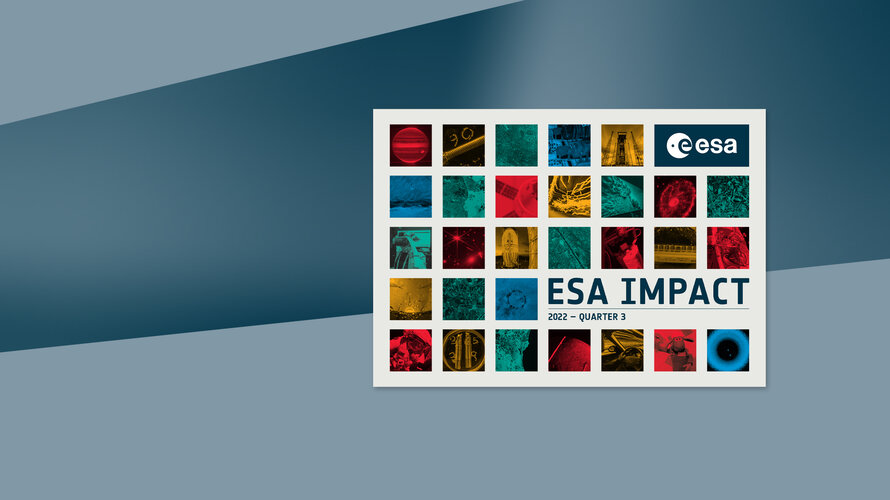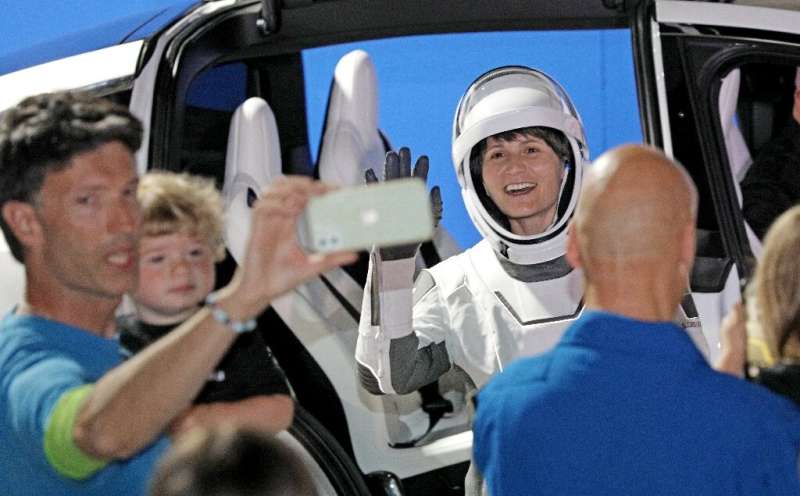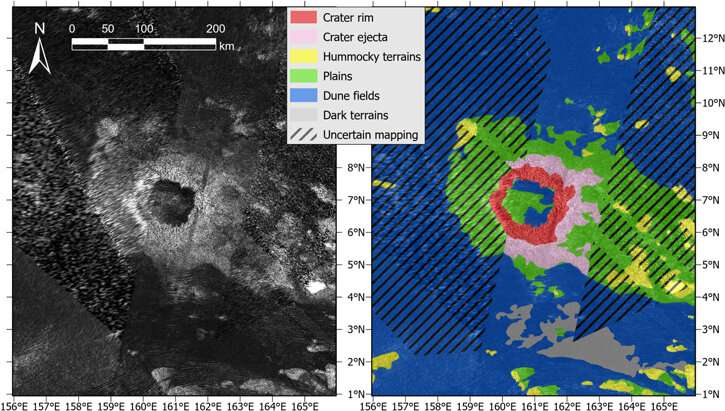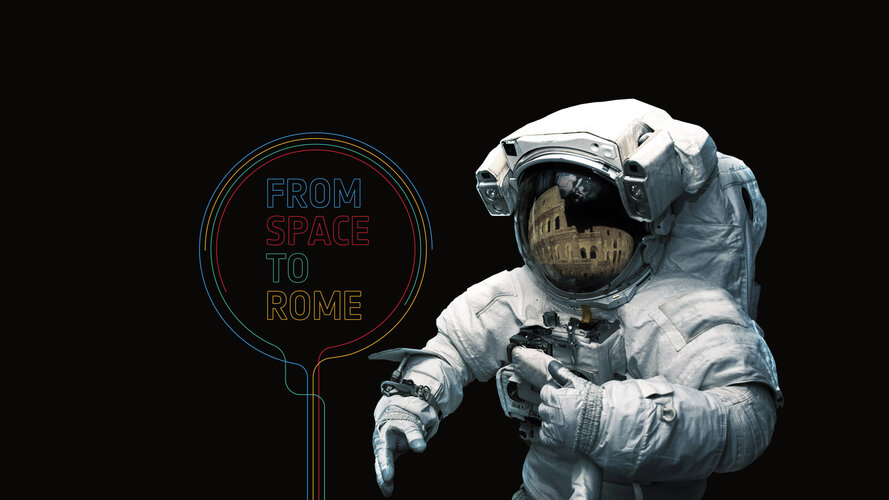
Copernical Team
Taoglas' multi-band GNSS front ends simplify and accelerate product development
 Taoglas, a leading provider of advanced components for a smarter world, launches their first in a new series of high precision, multi-band GNSS front ends for autonomous vehicles, precision agriculture, automotive, unmanned aerial vehicles (UAV) and robotics at Mobile World Congress (MWC 2022).
The new TFM.110A comes fully integrated with two cascaded low noise amplifiers (LNA) and pre-fil
Taoglas, a leading provider of advanced components for a smarter world, launches their first in a new series of high precision, multi-band GNSS front ends for autonomous vehicles, precision agriculture, automotive, unmanned aerial vehicles (UAV) and robotics at Mobile World Congress (MWC 2022).
The new TFM.110A comes fully integrated with two cascaded low noise amplifiers (LNA) and pre-fil A broken rock won't break our Team
 Last week, Perseverance attempted an abrasion on the Chiniak target at Enchanted Lake. Scientists and engineers worked together to plan this activity on an intriguing target of potentially fine-grained rocks at the base of the Jezero delta. But, when the images came down on sol 564 (September 21st), the once coherent rock target was broken, precluding any further proximity science or sampling on
Last week, Perseverance attempted an abrasion on the Chiniak target at Enchanted Lake. Scientists and engineers worked together to plan this activity on an intriguing target of potentially fine-grained rocks at the base of the Jezero delta. But, when the images came down on sol 564 (September 21st), the once coherent rock target was broken, precluding any further proximity science or sampling on NASA awards commercial Small Satellite Data Acquisition Agreement
 NASA has selected GHGSat, Inc., of Montreal, Quebec, Canada, to provide commercial small constellation satellite products for evaluation to determine the utility for advancing NASA's science and application goals. GHGSat will provide a comprehensive catalogue of Earth Observation data High Resolution Gas Detection Commercial Earth Observation Data products.
This is a fixed-price blanket pu
NASA has selected GHGSat, Inc., of Montreal, Quebec, Canada, to provide commercial small constellation satellite products for evaluation to determine the utility for advancing NASA's science and application goals. GHGSat will provide a comprehensive catalogue of Earth Observation data High Resolution Gas Detection Commercial Earth Observation Data products.
This is a fixed-price blanket pu Insights into Utopia Basin revealed by Mars rover Zhurong
 A new radar image obtained by China's Mars rover Zhurong provides insights into the surface structure of the Utopia Planitia basin. The findings - which reveal multiple sub-layers suggestive of sediment deposition following episodic flooding millions of years ago - may improve our understanding of the planets' geological and hydrological history.
Utopia is an impact crater on Mars that is
A new radar image obtained by China's Mars rover Zhurong provides insights into the surface structure of the Utopia Planitia basin. The findings - which reveal multiple sub-layers suggestive of sediment deposition following episodic flooding millions of years ago - may improve our understanding of the planets' geological and hydrological history.
Utopia is an impact crater on Mars that is ESA Impact Q3 is now online!

ESA Impact Q3 is now online!
Welcome to this edition of ESA Impact, an interactive publication covering stories and images from the third quarter of 2022.
Cristoforetti becomes first European woman to command ISS

Italy's Samantha Cristoforetti on Wednesday became the first European woman to take over command of the International Space Station during a ceremony broadcast live from space.
The outgoing commander, Russian cosmonaut Oleg Artemyev, used the occasion to seemingly make a rare space-bound reference to the war in Ukraine, saying that "despite the storms on Earth, our international cooperation continues".
During a relaxed ceremony, Artemyev handed Cristoforetti a golden key, symbolising that she is the new commander of the space station until she returns to Earth on October 10.
Cristoforetti, a 45-year-old European Space Agency astronaut and former Italian air force pilot, arrived for her second tour on the ISS in April.
She holds the record for the longest stay in space by a woman after spending 199 days in orbit in 2014 and 2015.
Scientists depict Dragonfly landing site on Saturn moon Titan

When NASA's 990-pound Dragonfly rotorcraft reaches the Selk crater region—the mission's target touchdown spot—on Saturn's moon Titan in 2034, Cornell's Léa Bonnefoy will have helped to make it a smooth landing.
Bonnefoy and her colleagues assisted the future arrival by characterizing the equatorial, hummocky, knoll-like landscape by combining and analyzing all of the radar images of the area acquired by the Cassini spacecraft during its historic 13 year exploration of the Saturn system. They used radar reflectivity and angled shadows to determine the properties of the surface.
Effectively, it's a scene of sand dunes and broken-up icy ground.
The research, "Composition, Roughness, and Topography from Radar Backscatter at Selk Crater, the Dragonfly Landing Site," was published Aug.
Satellite Monitoring for Agribusiness: The White Label Solution
 The application of satellite images and data to provide valuable information is not technologically innovative. Initially, satellite technology was used mainly for military purposes and was generally unavailable to many users. However, subsequently, they received many applications for civilian purposes, especially since, thanks to various sensors that detect different types of radiation, technol
The application of satellite images and data to provide valuable information is not technologically innovative. Initially, satellite technology was used mainly for military purposes and was generally unavailable to many users. However, subsequently, they received many applications for civilian purposes, especially since, thanks to various sensors that detect different types of radiation, technol Astronomers hail first images of asteroid impact
 The asteroid is flying through space in the grainy black and white video, when suddenly a massive cloud of debris sprays out in front of it, meaning only one thing: impact.
Astronomers have hailed this early footage of the first time humanity deliberately smashed a spacecraft into an asteroid, saying it looks like it did a "lot of damage".
That would be good news, because NASA's Double A
The asteroid is flying through space in the grainy black and white video, when suddenly a massive cloud of debris sprays out in front of it, meaning only one thing: impact.
Astronomers have hailed this early footage of the first time humanity deliberately smashed a spacecraft into an asteroid, saying it looks like it did a "lot of damage".
That would be good news, because NASA's Double A ESA opens concept store in central Rome

ESA Space Shop is bringing space closer to the people of Rome! The first physical ESA Space Shop concept store mixes space fashion with cosmic in-store experiences and official ESA merchandise.
